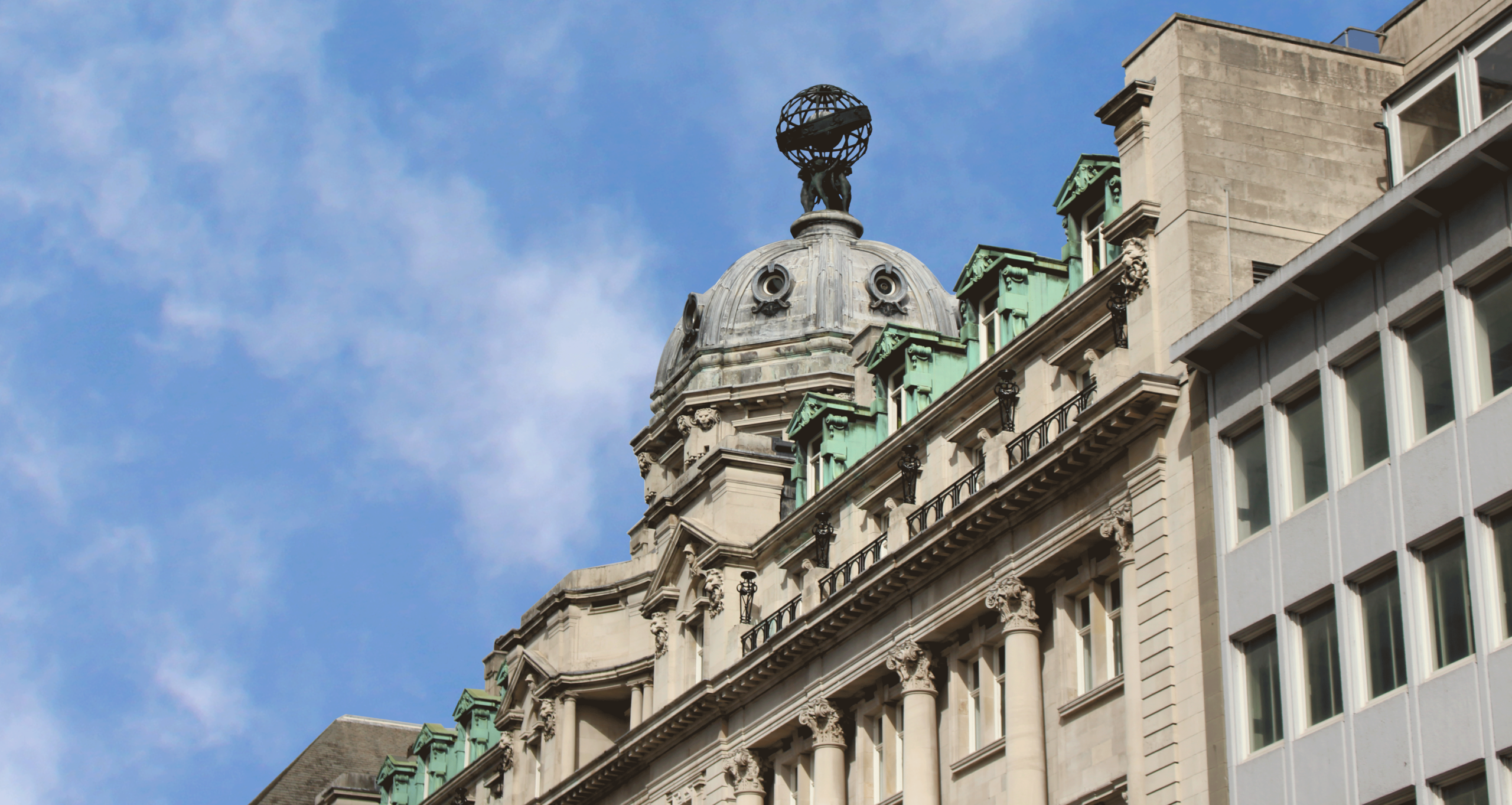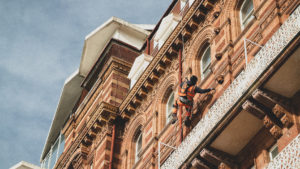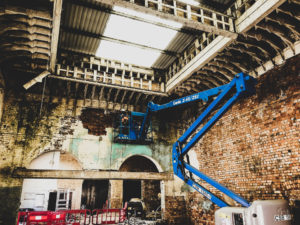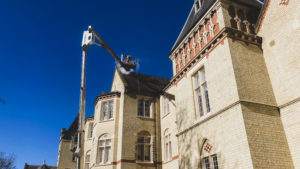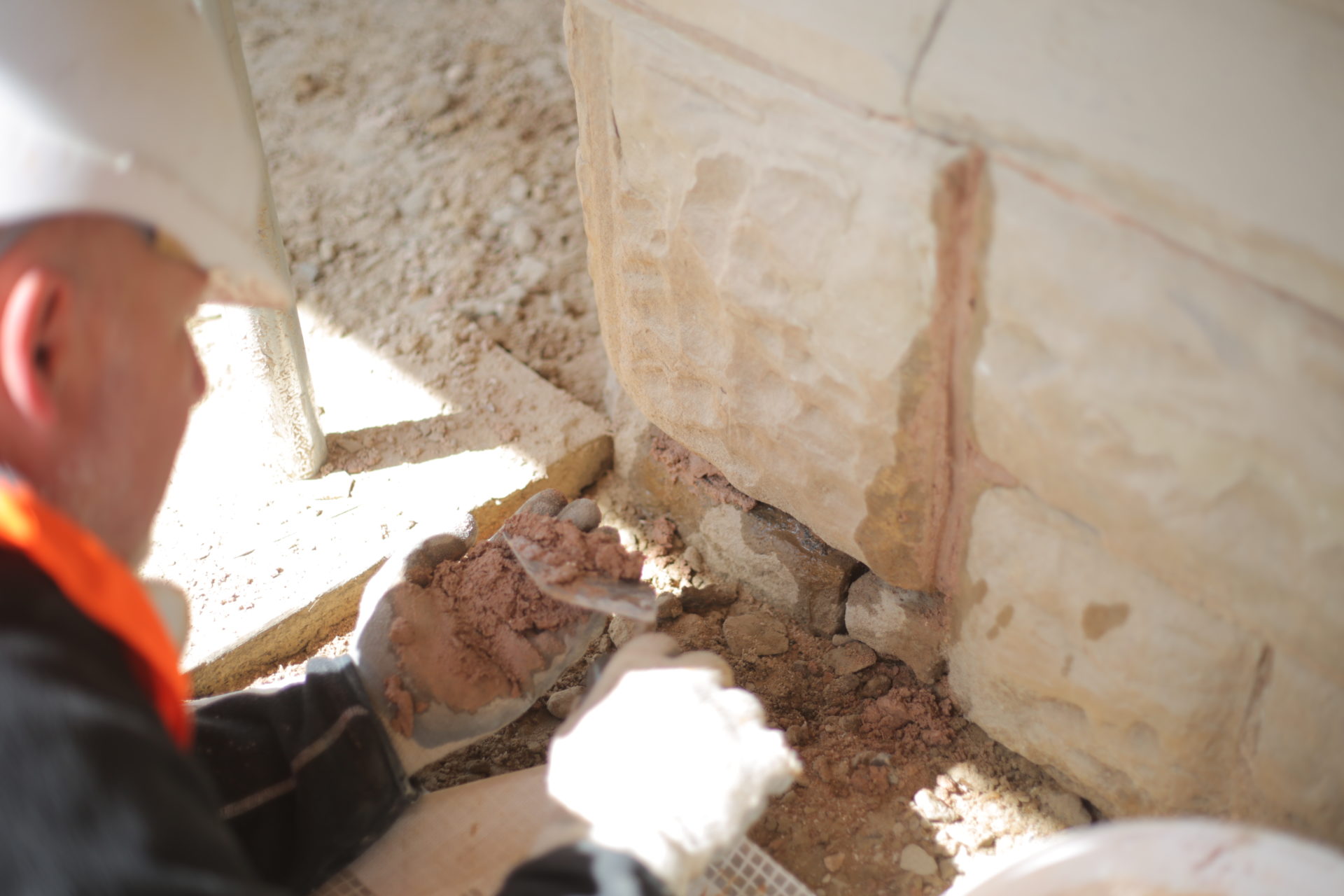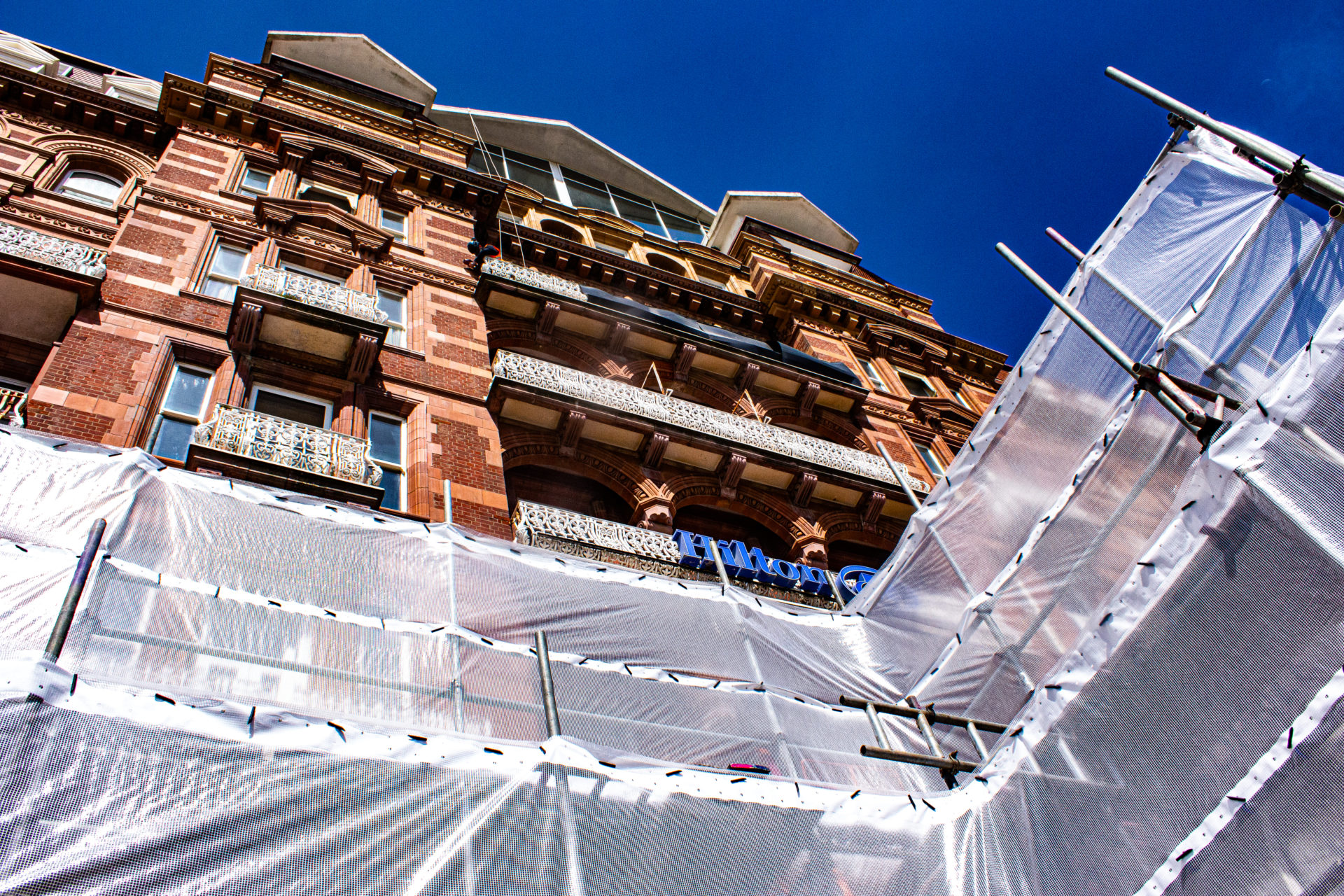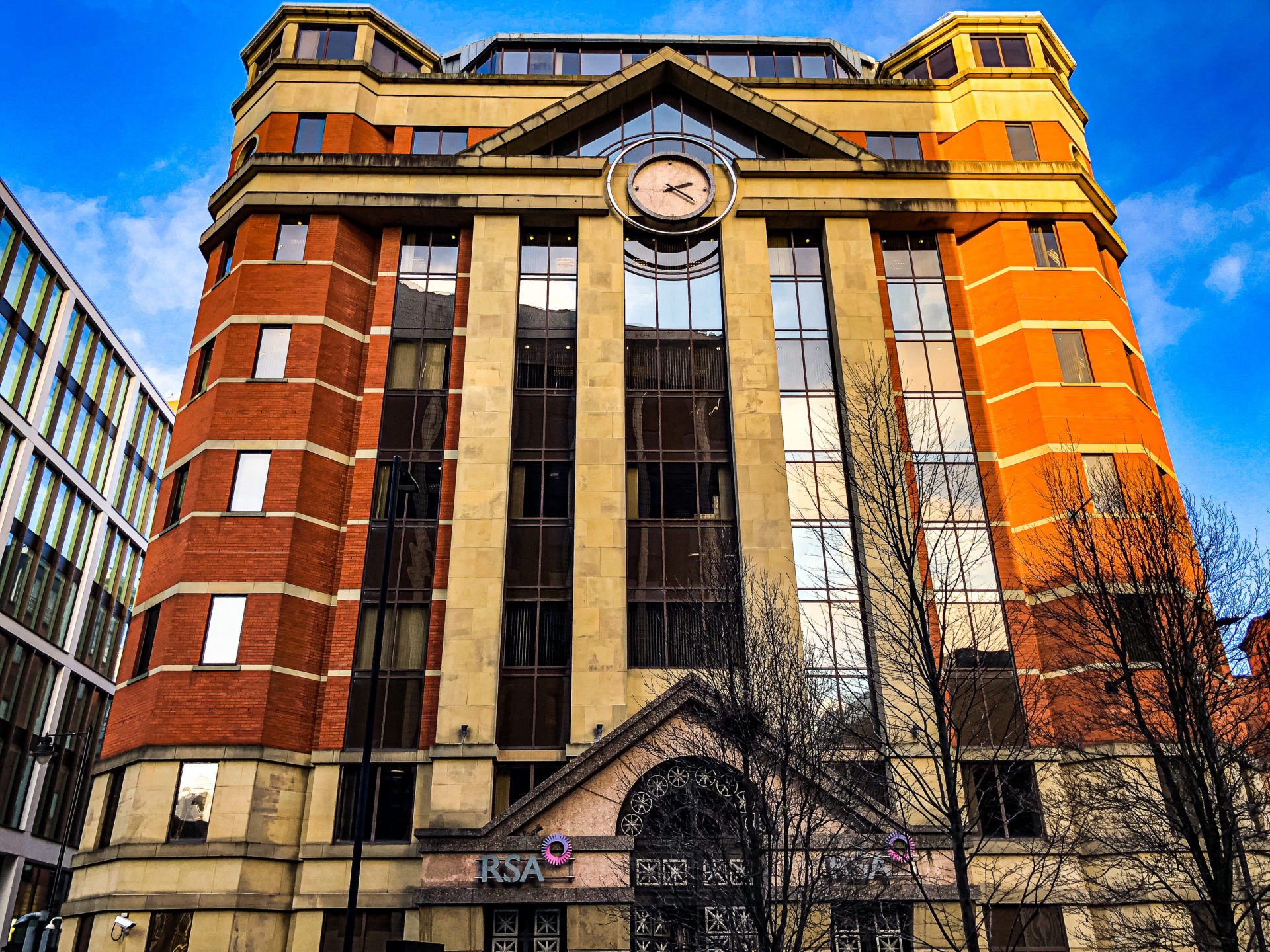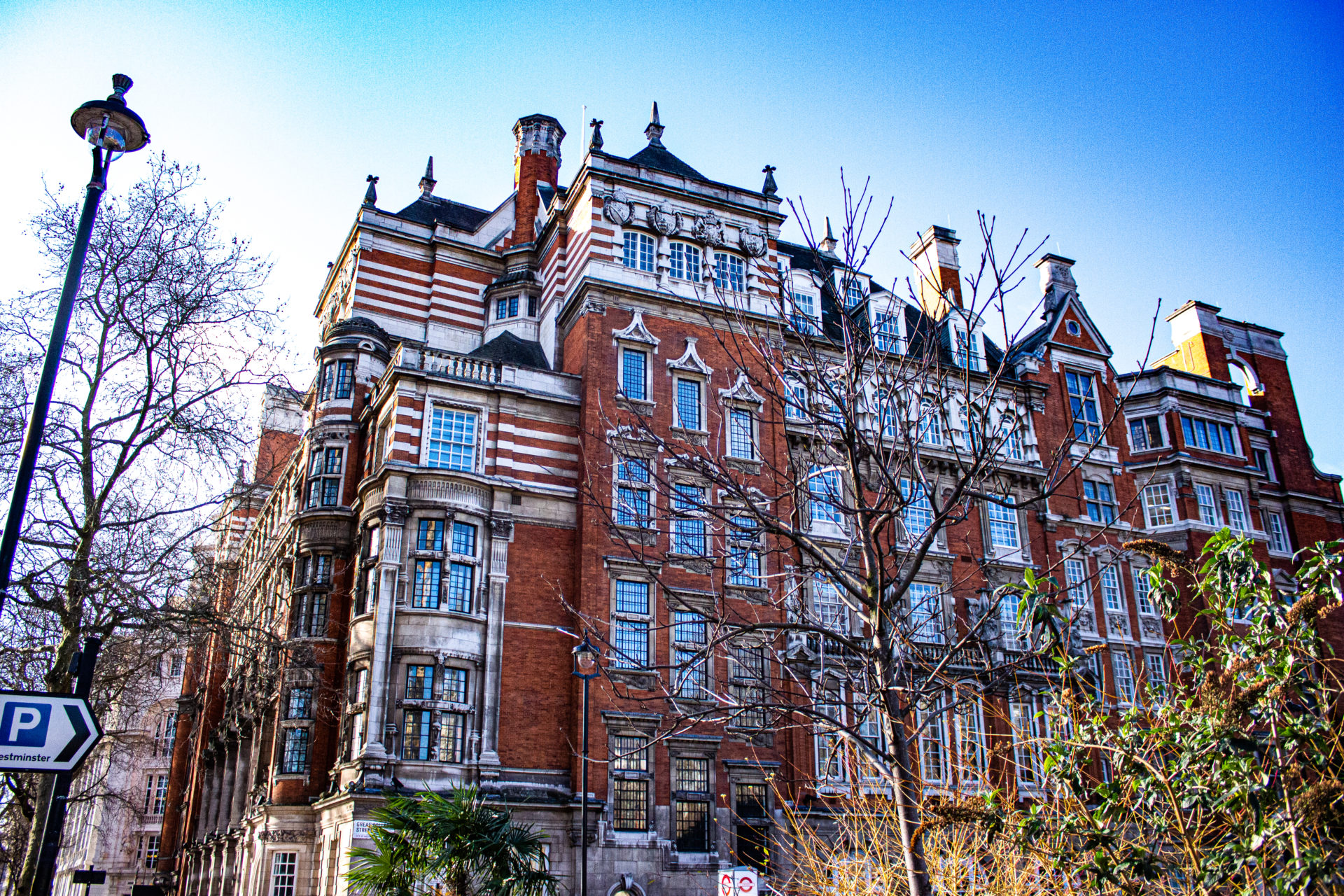In the UK, we have thousands of beautiful historic buildings gracing our towns and cities. Why is it important that we invest time and money in restoring these old buildings? These buildings play an important role in creating a sense of community and character in a city. They are an example of a particular time and style of architecture that would otherwise be long forgotten.
But despite their charm and incredible historical value, many of these old structures are in desperate need of repair. Extreme weather, abandonment, poor management, neglect, or simply a lack of money have led to these once lovely old buildings falling into disrepair. Here are seven reasons why we must undertake historical building restoration.
1. Historical value
Old, historic buildings are one of the few things we have today that can tell us about the past and how people once lived and worked. They have both a historical and educational value, giving us so much to learn about interior design, architecture, past living standards, and our ancestors’ way of life.
Take a look at our Façade Resoration Project: Hilton Brighton Metropole, Brighton
2. Cultural significance
Historic building preservation helps to remember a town or city’s culture and interesting past. These old buildings are visual reminders of an area’s cultural heritage and the people and industries that once played a key role in establishing the area and making it what it is today. Heritage building renovation is essential in ensuring that the nation’s history and culture are never forgotten.
Take a look at our Façade Restoration Project: Great Central Station, Leicester
3. Architectural importance
What can make these older buildings so fascinating to us today is their unique architecture and design. Thanks to historic buildings, we can experience the gothic feel of a medieval tower, the zebra stripes from the Tudor era, Victorian Neo-Gothic architecture or the post-war modernism’s minimalist, concrete building style. Even the rustic appeal of exposed beams or the quirkiness of an uneven ceiling reveals a building’s character all of its own.
Take a look at our Domed Roof Leak Investigation & Repair Project: HIlton Hyde Park, London
4. Increases tourism
Historic buildings attract people from all over the world. Whether it’s the building’s fascinating historical roots, its distinctive architecture, the materials used or some aspect of the building’s decoration that’s particularly interesting. Historic buildings play an important role in increasing tourism, providing jobs and revitalising communities.
Take a look at our Rope Access Heritage Building Restoration Project: Horse Guards, London
5. Boosts local business
Many types of business stand to gain from a well-restored heritage building. The first to benefit from a historical restoration are the various builders, contractors and restoration experts involved in the restoration works. Once the restoration is complete, the building might be opened to the public as a museum, offering significant educational value and impacting the area’s economy and create employment. While historic buildings often provide a rather stunning backdrop for businesses to move to, some heritage buildings are even repurposed as homes or commercial property such as offices or shops, giving the area a much-needed new lease of life.
Take a look at our Grade II Listed Façade & Roof Restoration Project: Fairfield Hall, Hitchin
6. Examples of quality construction
You may assume that the best quality building materials and construction techniques go into today’s new buildings. But in fact, that’s not always the case. However, many historic buildings were built with much better-quality materials used in our builds today. While the priority now is often to get buildings up as quickly as possible, most pre-World War II buildings were built to last. These buildings are dependable, sturdy and often a much safer alternative than today’s more flimsy versions. Once faithfully restored to its original glory, a historic building is likely to be a better and more sustainable build than its modern counterpart.
7. Last chance to preserve the past
If we didn’t undertake historical building restoration, there would be nothing left of our history in architectural terms. Demolishing an old building or simply letting it fall into disrepair could mean an important part of our history is gone forever. After all, even the most uninteresting looking buildings on the outside could be hiding a treasure trove of rare architectural details that may tell us something important about our historical past. As a growing number of more unusual historic buildings are added to the listed buildings register, it shows that you shouldn’t judge a book by its cover.
Why Choose Building Transformation
You only need to look at some of the beautiful historic building restoration projects our team at Building Transformation have been involved with to see just why it’s important to undertake historic building restoration. For example, our team restored the lovely Haseley Manor in Warwick, an 1875 Grade II listed building, back to its former glory. Without careful historic building preservation and stone restoration, so many of the UK’s buildings would eventually be lost forever.
At Building Transformation, we have extensive experience working with heritage and historic buildings. Our approach to façade and stone restoration, cleaning and roof repairs combines traditional and modern techniques that deliver great results while respecting the complexities of a historic building.
To find out how we can help you with your heritage building restoration project, get in touch today.

